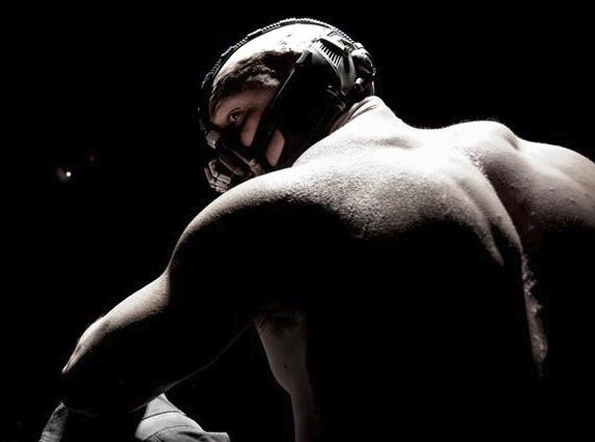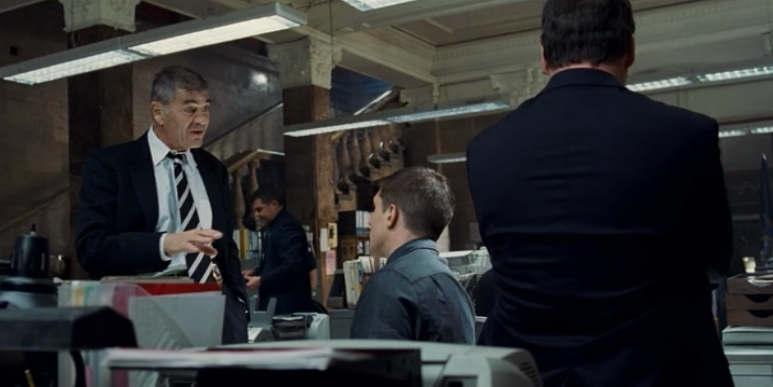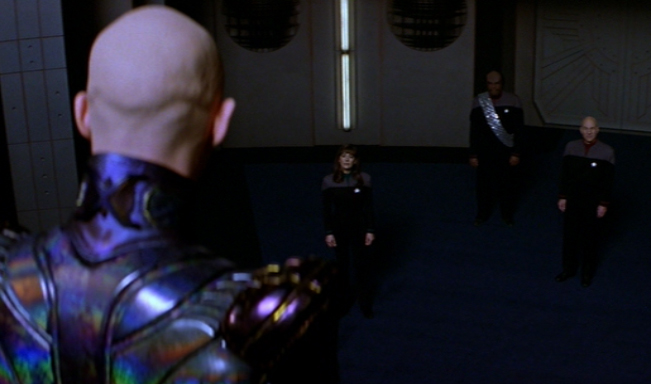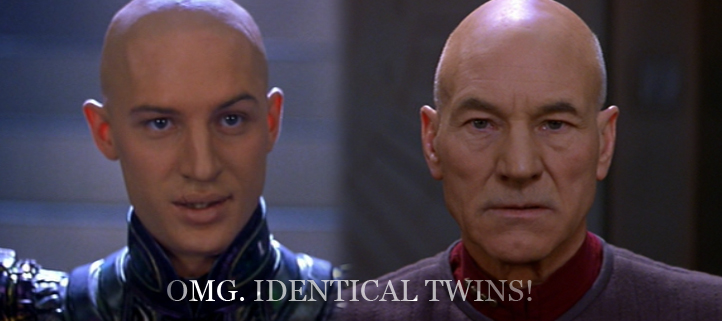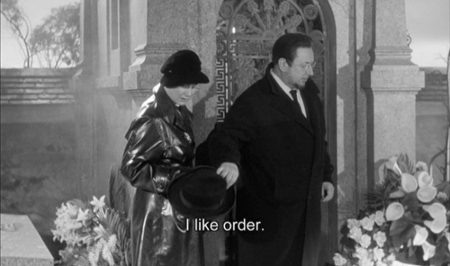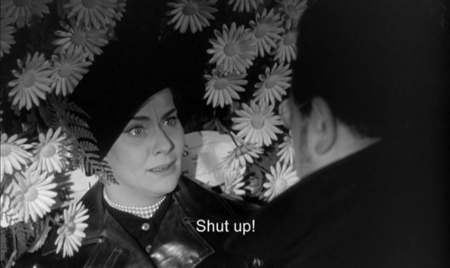This week I asked the contributing Film Experience team how they felt about Pirates of the Caribbean: On Stranger Tides and I also wanted to gauge whether we had any Little Monsters in our midst via Lady Gaga's "Born This Way" droppings.
You refused to see Pirates 4. What would ever bring you back to this franchise?
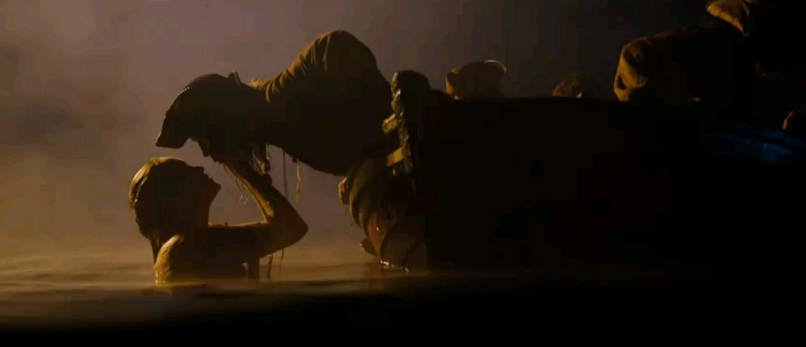
Michael: It's hard to imagine what could bring me back to the franchise at this point, (I feel like I only just got done sitting through At World's End) but a a 90 minute running time would be a step in the right direction.
Andreas: If Disney ever wants me to shell out for another Pirates movie, they'll have to go down a really surprising route, like selling it as "Andrei Rublev on the high seas." Or maybe they could introduce interesting characters! Some outrageous twist like that. What if they solved all their problems by just making Pirates 5 into Dead Man 2? They could bring in Jim Jarmusch to guest-direct, and use William Blake quotes for all of Jack Sparrow's dialogue!
Craig: Can they get all the sequels over with in one go and amalgamate the whole lot: The Hungover Kung-Fu Transformers of the Caribbean in the City of the Deathly Hallows Parts 2, 3 & 4 will be showing near you THIS SUMMER! Either that or they just cast the muppets instead of Depp, Cruz and company. I could easily do with another Muppets Treasure Island, thanks.
 You saw Pirates 4. What did you think of the Mermaids?
You saw Pirates 4. What did you think of the Mermaids?
Jose: The mermaids were truly preposterous! Where were their nice sea shell bras and their fuzzy crab and fish friends?
Although on the bright side, if it hadn't been for Syrena, we wouldn't have had a chance to see Sam Claflin shirtless. Is it only me or should Pé have played the queen of the mermaids instead of being stuck with that crappy character?
Kurt: It's such a shrug of a movie. That said, I liked the mermaids -- collectively, they were one of the film's very few inspired elements. The mermaid attack was the first action sequence I actually paid attention to. The depiction is neither totally accurate nor blasphemous. Just a new interpretation. And thank god for it.
What if Lady Gaga's "Borth This Way" was a movie?
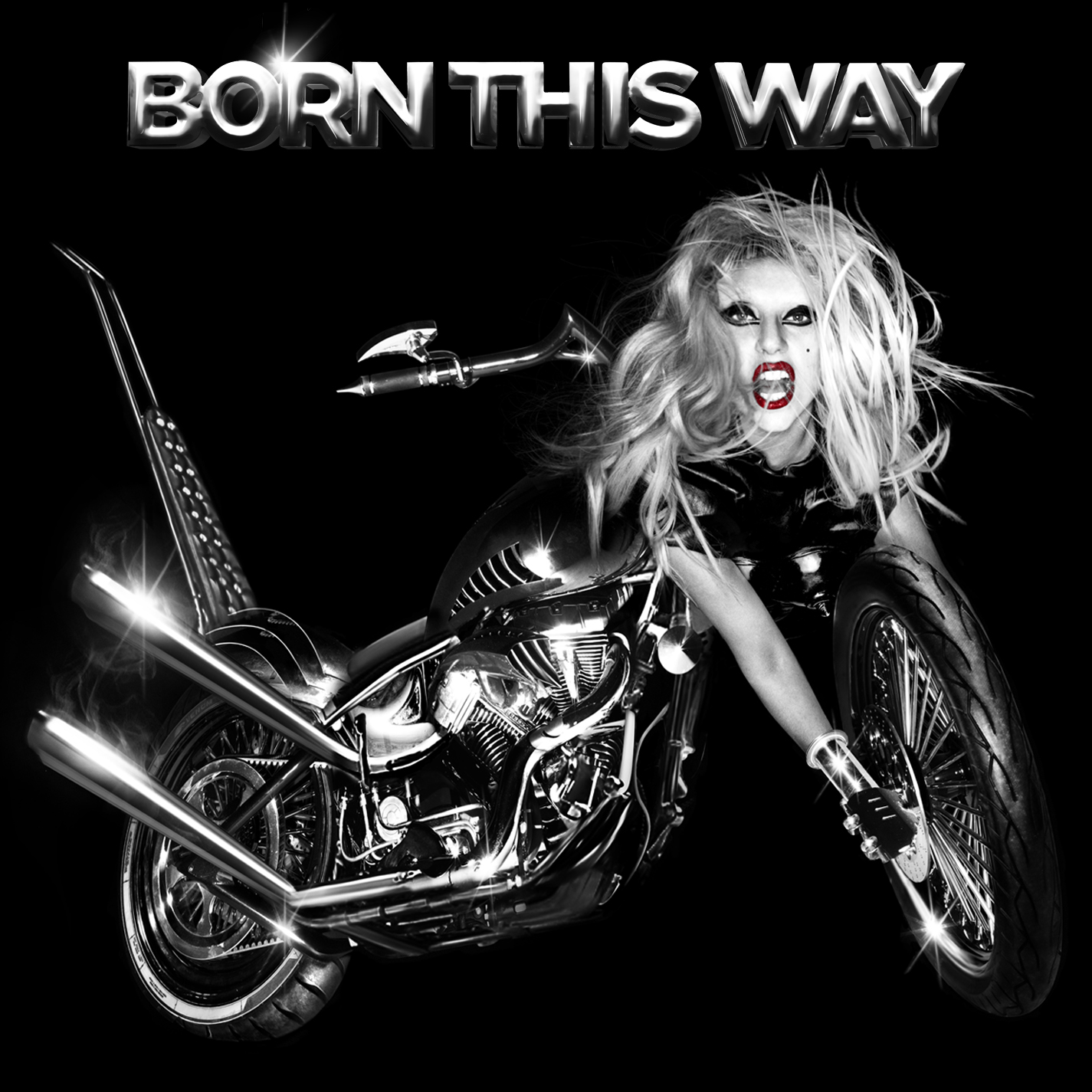
Who should ride her cyborg self?
Andreas: I imagine Born This Way: The Movie as a cross between The Terminator, Showgirls, and Un Chien Andalou, but with extra preachiness thrown in. To be honest, I've always wanted Gaga to branch out into large-scale filmmaking just on the basis of the "Bad Romance" music video, so if she made exactly that, I'd be perfectly happy. The weirder, the better.
Jose: It would be a freaking Heavy Metal like extravaganza. Only two passengers should ever ride Gaga: Hedwig (from the Angry Inch)...
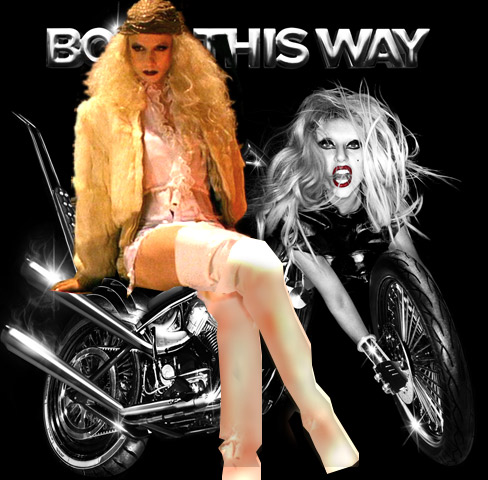
...and the Governator himself. Can you imagine those two in an action movie together?
Though you didn't ask who are they chasing/is chasing them but I'll answer. There is only one being who can do that: Madonna. She needs to find the one camp movie role to make her a cinema icon.
Craig: The Gaga videos to date, all strung together, are like a kind of movie anyway, aren't they? But if Born This Way were a movie it would be directed by Alan Smithee. Burn (rubber), baby, burn! Edward Furlong would clearly have to ride on Gaga's mutant-motorcycle. And Gaga herself would have to talk in a weird robo-Austrian-motor dialect. Doesn't she already do that in some of her songs anyway? It's part of her charm.
Kurt: If Lady Gaga's "Born This Way" were a movie, it would, of course be Labyrinth 2, and on the back of Gaga's cyborg motorcycle would ride David Bowie's Jareth, clad in his signature wig and junk-hugging leggings. Together, Gaga and Jareth would rule over their combined armies of little monsters, and anyone who spoke against their doubly strong maze of fabulousness would be swiftly tossed into the Bog of Eternal Stench.
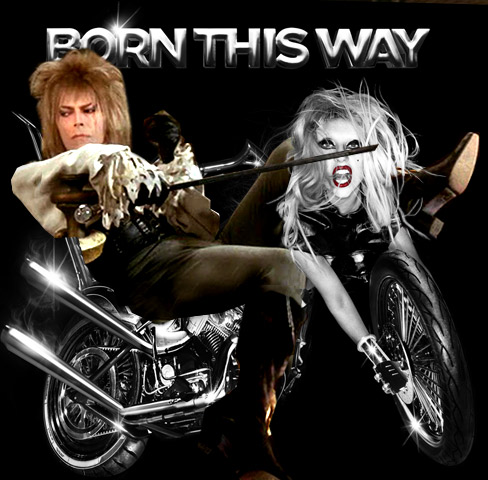
YOUR TURN
- Who would you pay to see riding on Gaga's mutant-cycle?
- Do you prefer your mermaids carnivorous or sweet and tuneful?
 Thursday, May 26, 2011 at 11:35PM
Thursday, May 26, 2011 at 11:35PM 
 Jude Law,
Jude Law,  Robots,
Robots,  sci-fi fantasy horror,
sci-fi fantasy horror,  short films
short films 


